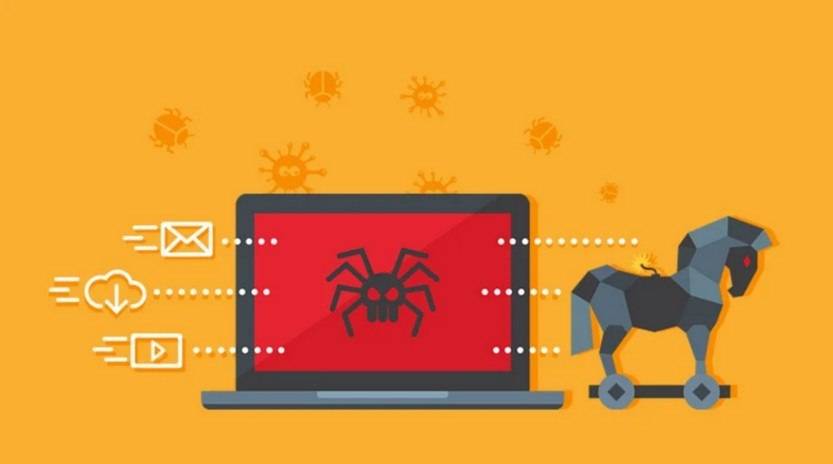Scammers are constantly finding new ways to deceive unsuspecting individuals and steal their personal information. One such method is through phishing scams, where scammers impersonate legitimate companies to trick users into revealing sensitive data. In recent years, a phishing scam email targeting Apple users has gained popularity, known as the “Apple Unusual Transaction Attempt” scam. This article will delve into the details of this scam, how it works, and what you can do to protect yourself.

What is the Apple ‘Unusual Transaction Attempt’ Phishing Scam Email?
The Apple ‘Unusual Transaction Attempt’ phishing scam email is an attempt by scammers to trick Apple users into believing that there has been an unauthorized transaction on their Apple account. The email typically appears to be sent from Apple, complete with the company’s logo and branding, making it look legitimate at first glance. The scammers use fear tactics to prompt users to take immediate action, claiming that their account will be suspended or locked if they do not verify their information.
How Does the Scam Work?
The scam starts with the victim receiving an email that appears to be from Apple, notifying them of an unusual transaction attempt on their account. The email usually contains a message stating that their account has been compromised and that they need to verify their information to prevent further unauthorized activity. The email may also include a link that directs the user to a fake Apple website, designed to look identical to the real one.
Once the user clicks on the link, they are taken to the fake website, where they are prompted to enter their Apple ID and password. Believing that they are on the legitimate Apple website, many users unknowingly provide their login credentials, which are then captured by the scammers. With this information, the scammers can gain access to the victim’s Apple account and potentially use it for fraudulent activities.
What to Do If You Have Fallen Victim
If you have fallen victim to the Apple ‘Unusual Transaction Attempt’ phishing scam, it is crucial to take immediate action to protect your account and personal information. Here are the steps you should follow:
- Change your Apple ID password: Go to the official Apple website and change your password immediately. Make sure to choose a strong, unique password that is not easily guessable.
- Enable two-factor authentication: Two-factor authentication adds an extra layer of security to your Apple account. Enable this feature to ensure that even if someone has your password, they cannot access your account without the second factor of authentication.
- Scan your device for malware: It is possible that the scammers may have installed malware on your device to capture your login credentials. Run a scan with a reliable antivirus software like Malwarebytes Free to detect and remove any malicious software.
- Monitor your accounts: Keep a close eye on your bank accounts, credit cards, and any other accounts linked to your Apple ID. Report any suspicious activity to the respective institutions immediately.
- Report the scam: Forward the phishing email to Apple’s official phishing email address (reportphishing@apple.com) to help them take action against the scammers.
How to Spot a Phishing Email
Being able to identify phishing emails is crucial in protecting yourself from scams. Here are some signs to look out for:
- Generic greetings: Phishing emails often use generic greetings like “Dear Customer” instead of addressing you by name.
- Urgent requests: Scammers create a sense of urgency to prompt you into taking immediate action without thinking.
- Misspellings and grammatical errors: Legitimate companies usually have professional communication, so be wary of emails with obvious errors.
- Unusual email addresses: Check the sender’s email address carefully. Phishing emails often come from suspicious or unrelated addresses.
- Hover over links: Before clicking on any links, hover your mouse over them to see the actual URL. If it looks suspicious or different from what is displayed, do not click on it.
Summary
The Apple ‘Unusual Transaction Attempt’ phishing scam email is a deceptive tactic used by scammers to trick Apple users into revealing their personal information. By impersonating Apple and creating a sense of urgency, scammers aim to capture login credentials and gain unauthorized access to user accounts. If you have fallen victim to this scam, it is crucial to take immediate action by changing your password, enabling two-factor authentication, scanning your device for malware, monitoring your accounts, and reporting the scam to Apple. By staying vigilant and knowing how to spot phishing emails, you can protect yourself from falling victim to such scams.










